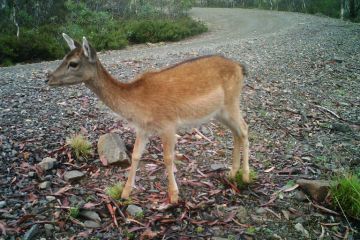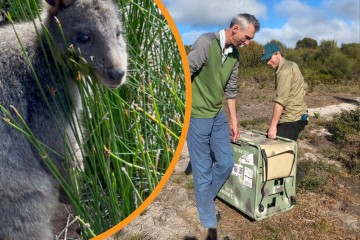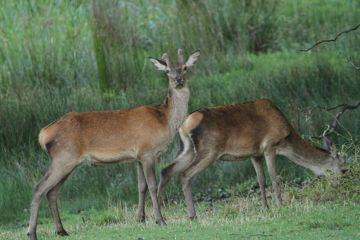Recently I visited lungtalanana island, once called Clarke Island, with the mob from the Tasmanian Aboriginal Centre.
They’re undertaking a cultural restoration project on the island as part of the Healthy Country Unit — Caring for Ancestral Country. Since colonisation, the island has been grazed so severely that it’s lost many of its original species and native vegetation. Then, in 2014, there was a hot bushfire, which, according to the sediment samples, was the hottest fire recorded on the island. So it’s been severely degraded for the best part of two centuries.
As part of the project, 100 wildlife cameras have been set out on lungtalanana, which have estimated the presence of around 87 feral cats. The Invasive Species Council has donated two Felixers, a conservation tool for conducting highly targeted feral cat control to help management efforts.
The Tasmanian Aboriginal Centre is currently doing biodiversity surveys on the island. I was able to accompany them during their vegetation survey work and maintenance, and inspect the Felixer cameras set up on the island.
A number of native species once thrived on the island, such as the wombat and the potoroo. Now they are missing. Part of the work being undertaken is trying to figure out what species were once there, with mob hopeful to reintroduce some of those lost.
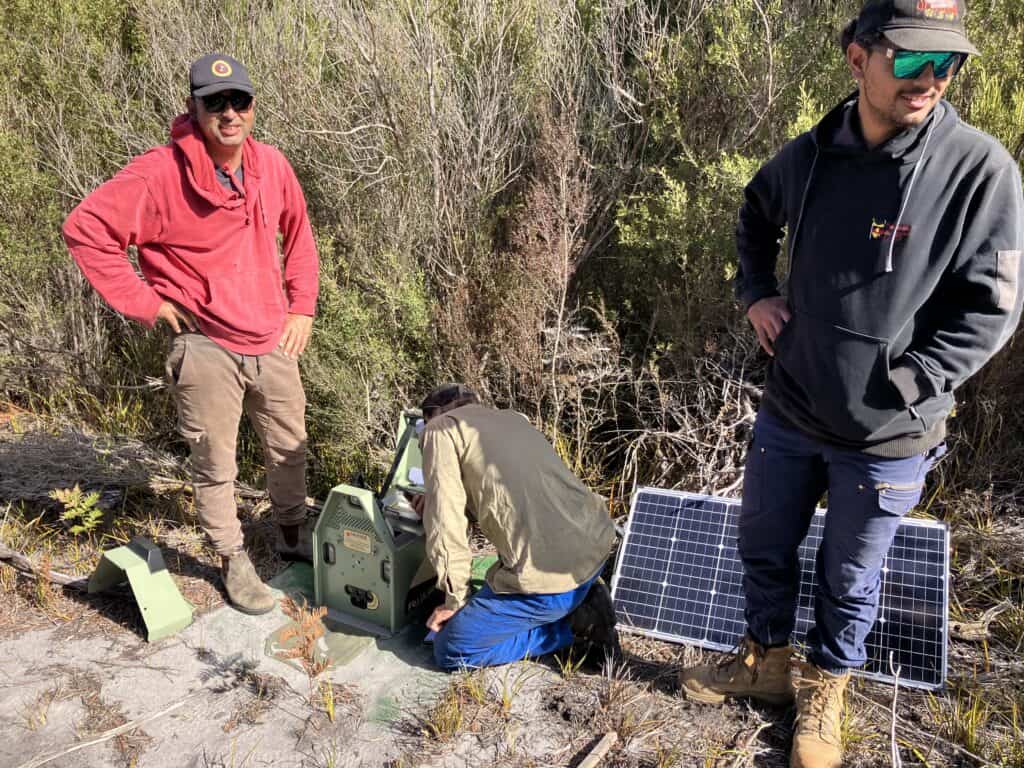
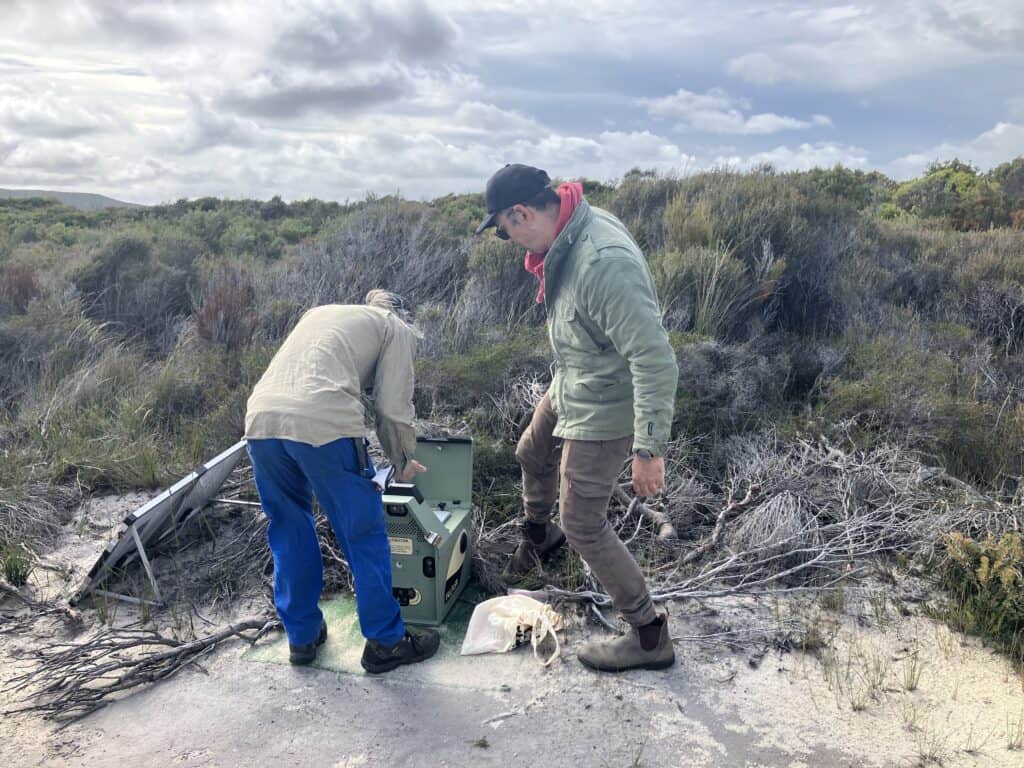
The priority for the moment, however, is to clear destructive invasive animals, such as cats and bring the landscape back to a healthy enough state to hopefully accommodate the now missing species.
The work being undertaken on lungtalanana, owned by the Tasmanian Aboriginal Land Council, needs funding. Much of their work results from grants—that’s currently all they can do to try and restore lungtalanana. The island no longer contains remnant endangered species that would attract funding, so it is often overlooked. It is hoped that one day, the island could be restored, but there is much to be done before this is a viable pathway.
It was an interesting trip. You can hear the good news stories—that an island has been given back to Aboriginal people. But the reality of having the island handed back after two centuries of colonial extraction is not that simple.
Mob have not been able to practise culture like they would have traditionally. Whilst on the island, the fellows went out to get abalone for us for a feed and could hardly find any. Even though the Tasmanian Aboriginal Land Council owns the waters surrounding the island, it is often illegally fished due to its close proximity to the northeast coast of Tasmania, so even the fish stocks are down. The salt water Country is still being vandalised.
The story of lungtalanana is not unique in Aboriginal protected lands.
They are often degraded landscapes, filled with invasive species and laden with unrealistic expectations from the general population.
The harsh reality is that funding, the sheer area of land, and the people available to manage that space are limited. Often, they’re not being given back Country that’s healthy—they’ve been given back Country that needs serious work. And in a modern world where a source of income is required to survive, the expectations of conservation may not even align with traditional owners’ priorities.
The Voice of Country is listening to the soil, the water, and the species that evolved here. Their voices have been missing in our national conversations for a couple of centuries now. And here’s an island where we are trying to reintroduce that lost voice.
Hon Associate Professor Richard Swain is leading the Voice of Country campaign with the Invasive Species Council. The campaign aims to build a culture where Australians unite around a living Country, reclaiming our shared role as custodians of this land.
You’re invited to take the pledge to care for and heal Country.

